Csontváry Kosztka Tivadar Öreg halász című festményének restaurálása
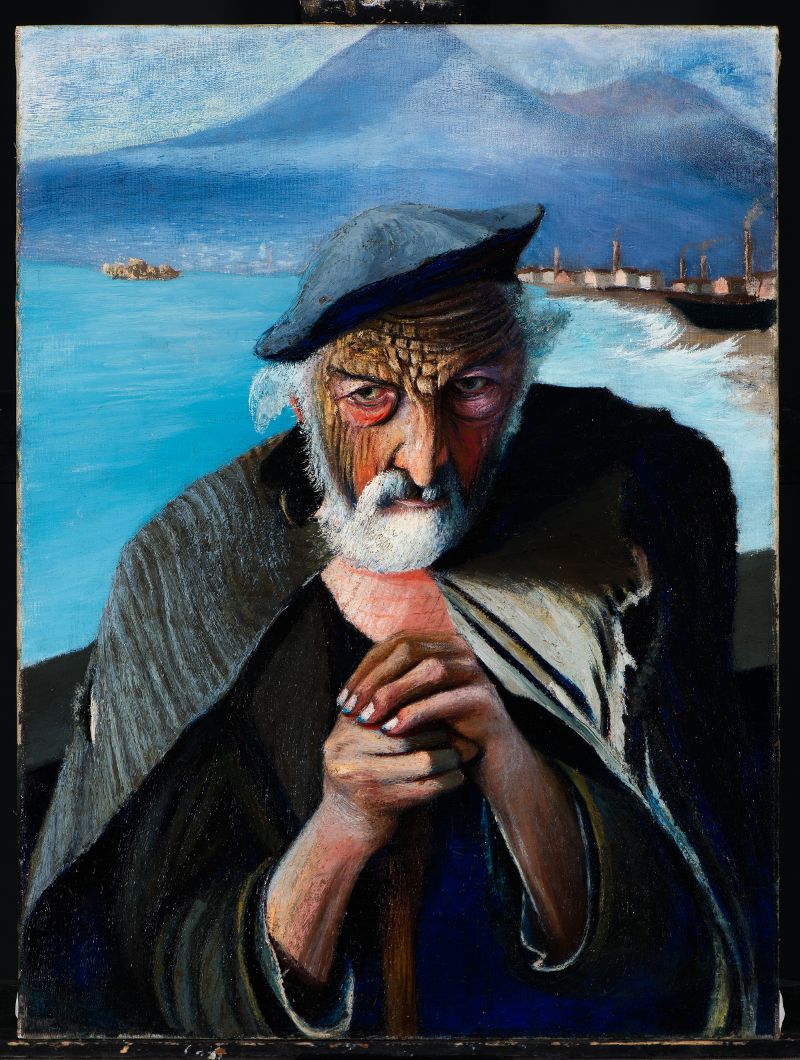
Csontváry Kosztka Tivadar Öreg halász című festményének restaurálása
Kezdjük a legfrissebbel: Csontváry Kosztka Tivadar Teniszező társaság című festménye a múlt heti Art and Antique művészeti vásáron szerepelt igazi szenzációként.. A festő korai korszakából való művének igen kalandos útja volt. A kisméretű festmény először az 1920-as években bukkant fel a szakirodalomban, Lehel Ferenc, Csontváry egyik első monográfusa írt róla.

Csontváry Kosztka Tivadar Az öreg halász (1902), vászonkép, 50x65 eMAG.hu
Csontváry Kosztka Tivadar legrejtélyesebb képe és két, külföldről hazatért remekmű is kalapács alá kerül a Virág Judit Galéria decemberi árverésén.. a Hídon átvonuló társaság 180 millió, míg az Olasz halász című alkotása 140 millió forintért kelt el a Virág Judit Galéria korábbi aukcióin. A Virág Judit.
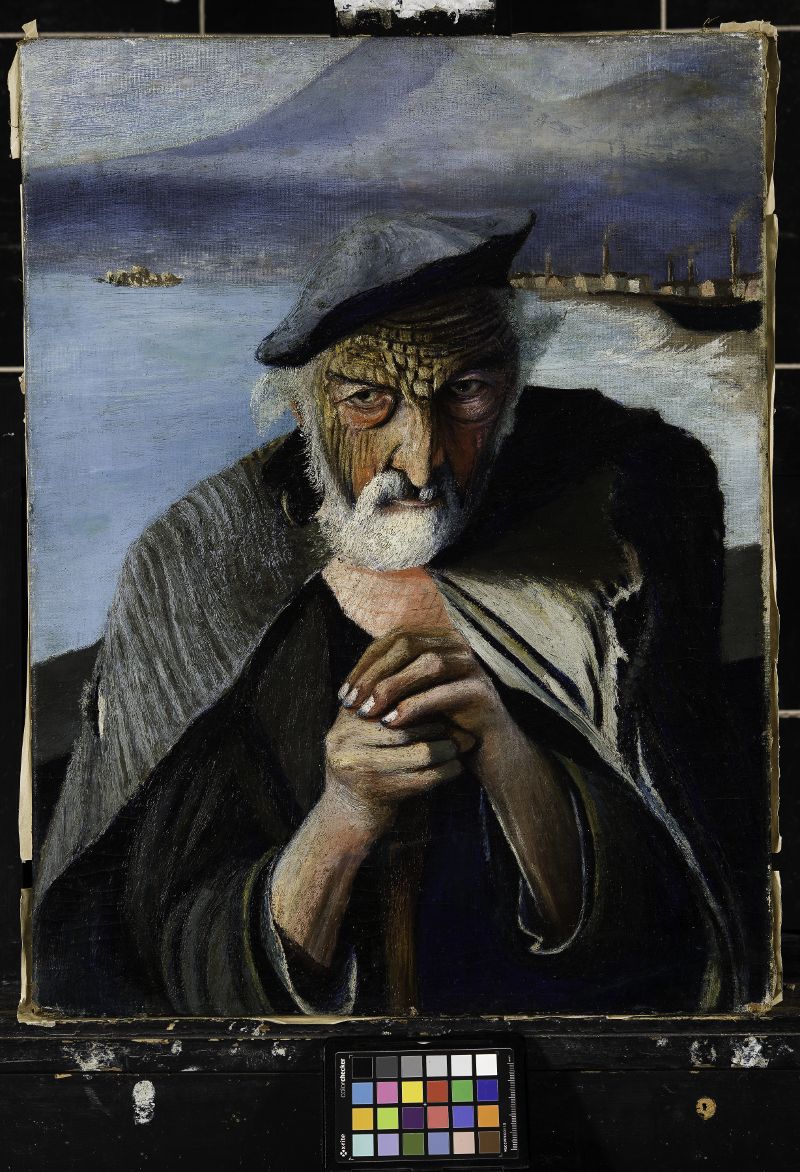
Csontváry Kosztka Tivadar Öreg halász című festményének restaurálása
Csontváry Kosztka Tivadar. From Wikimedia Commons, the free media repository. Jump to navigation Jump to search Tivadar Csontváry Kosztka painter from Hungary (1853-1919) Upload media Wikipedia Wikiquote. Name in native language: Csontváry Kosztka Tivadar; Date of birth: 5 July 1853 Sabinov: Date of death: 20 June 1919 Budapest: Place of.
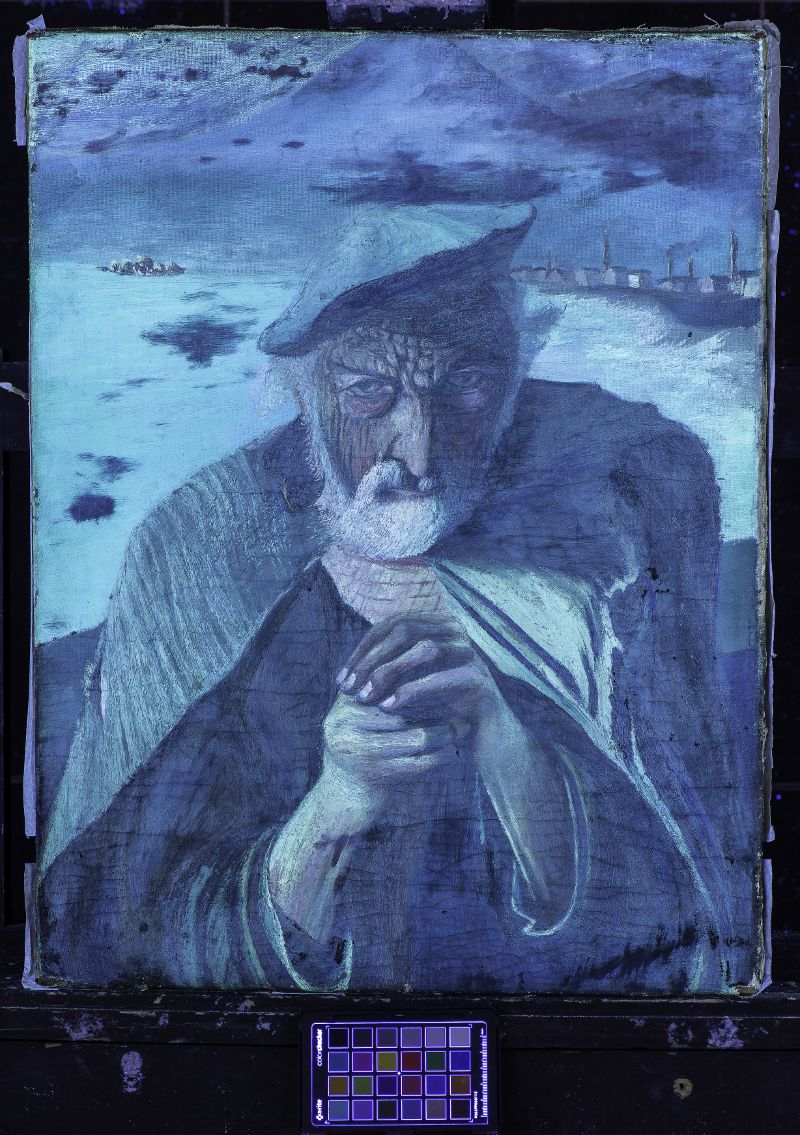
Csontváry Kosztka Tivadar Öreg halász című festményének restaurálása
Tivadar Csontváry Kosztka was part of the avant-garde movement of the early twentieth century. The Hungarian painter was one of the first to become known in Europe in spite of working mostly in Budapest. He painted his major works between 1903 and 1909 and had some exhibitions in Paris and Western Europe also.

Modern Art. Tivadar Kosztka Csontváry (18531919) Hungarian Painter Blog of an Art Admirer
Biography Csontváry was born on 5 July 1853 in Kisszeben, Sáros County, Kingdom of Hungary (today Sabinov, Slovakia ), and died 20 June 1919 in Budapest. His father, Dr. László Kosztka, was a physician and pharmacist, his mother was Franciska Hajczelmajer of Darócz (now Šarišské Dravce, Slovakia ). [3]

CSontváry Kosztka Tivadar Öreg halász / Old Sailor Pinturas antiguas, Obras de arte, Pinturas
Csontváry Kosztka Tivadar (1853-1919) Öreg halász című nevezetes festménye az életmű portrészerű alkotásainak meglehetősen szűk köréhez tartozik, és mint titokzatos, szélsőséges érzelmeket tömörítő szimbolikus figura, a művész egyfajta mitikus önarcképének is tekinthető.

Csontváry Kosztka Tivadar egyik legrejtélyesebb műve a Virág Judit Galériában kultúra.hu
Csontváry Kosztka Tivadar (született Kosztka Mihály Tivadar) ( Kisszeben, 1853. július 5. [1] - Budapest, Krisztinaváros, 1919. június 20. [2]) magyar festőművész. Okleveles gyógyszerészként jogot is hallgatott, de kiemelkedőt a magyar festészetben alkotott.
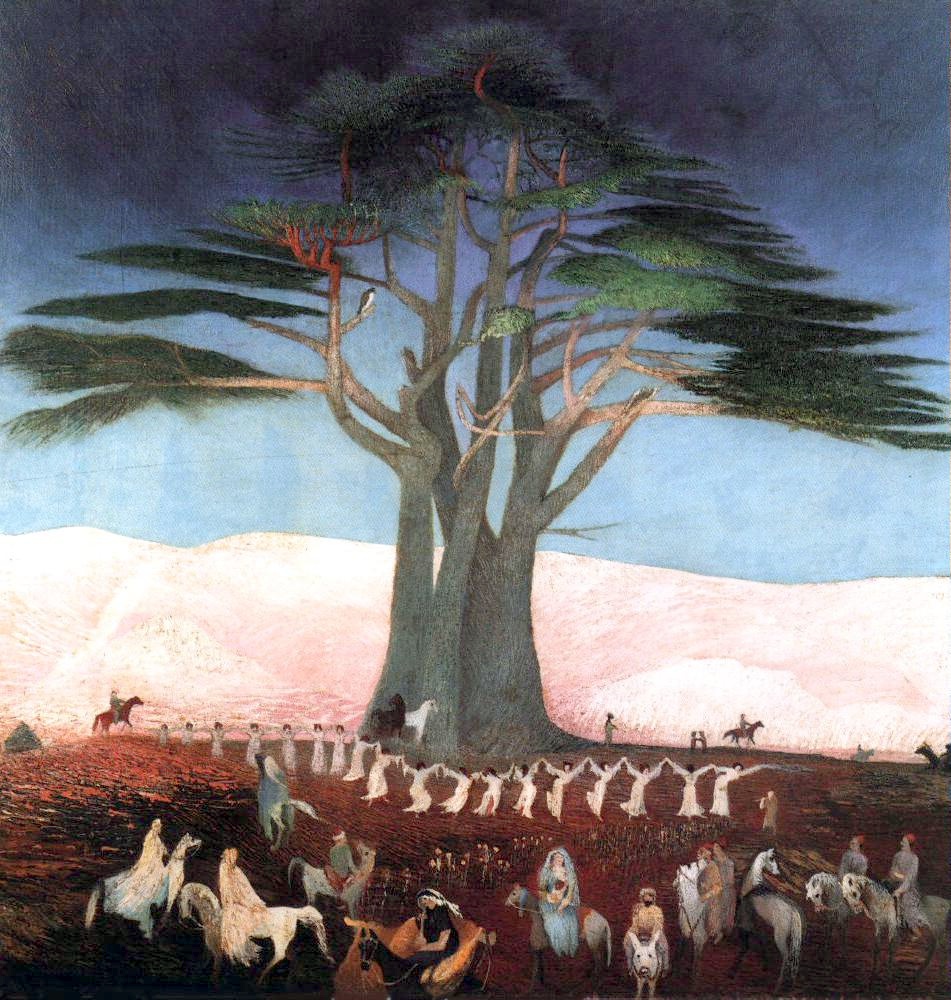
Pilgrimage to the Cedars in Lebanon, 1907 Tivadar Kosztka Csontvary
Tivadar Csontváry-Kosztka, (born July 5, 1853, Kisszeben, Hung. [now Sebinov, Slvk.]—died June 20, 1919, Budapest), Hungarian artist, considered by many critics to be Hungary's greatest painter. He belonged to no specific school of art, but his works included elements similar to those of the foremost painters of Post-Impressionism.. In 1880 he underwent a mystical experience that caused.
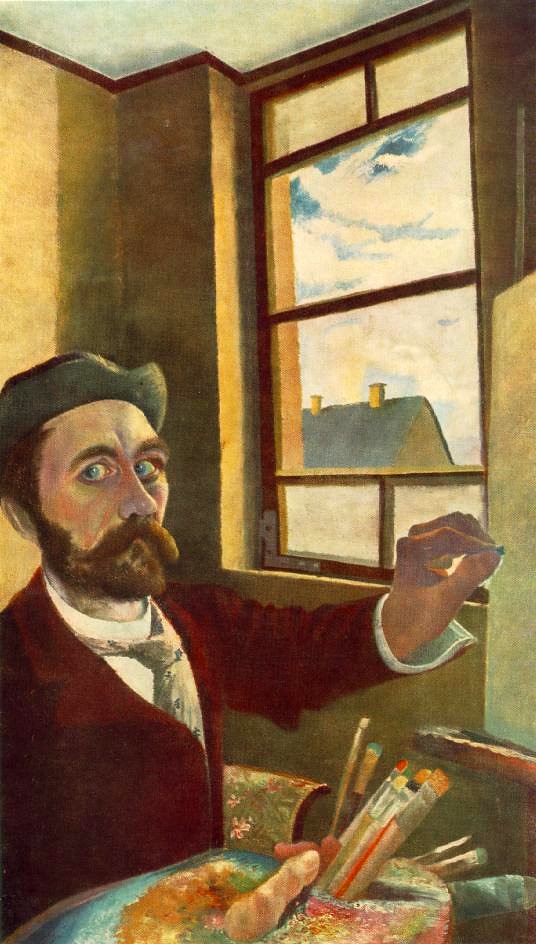
Kosztka, Tivadar Csontvary (18531919) 1900c. SelfPortr… Flickr
Csontváry Kosztka Tivadar: Olasz halász (olaj[ként jelölve] vásznon, 57,5 x 56,5 cm, c. 1901, privát gyűjtemény) - balra a festmény, jobbra a festmény reprodukciója az 1936-os Fränkel szalonban rendezett Csontváry kiállítás katalógusában.

Tivadar CsontváryKosztka Symbolist, Landscape Painter, Impressionist Britannica
Több mint hetven év lappangás után a közelmúltban került elő Csontváry Kosztka Tivadar Olasz halász című képe. Öt év után ismét szenzációval készül karácsonyi árverésére a Virág Judit Galéria, hiszen egy különleges Csontváry-műre is licitálni lehet, amely 100 millió forintos, rekord kikiáltási árról indul.
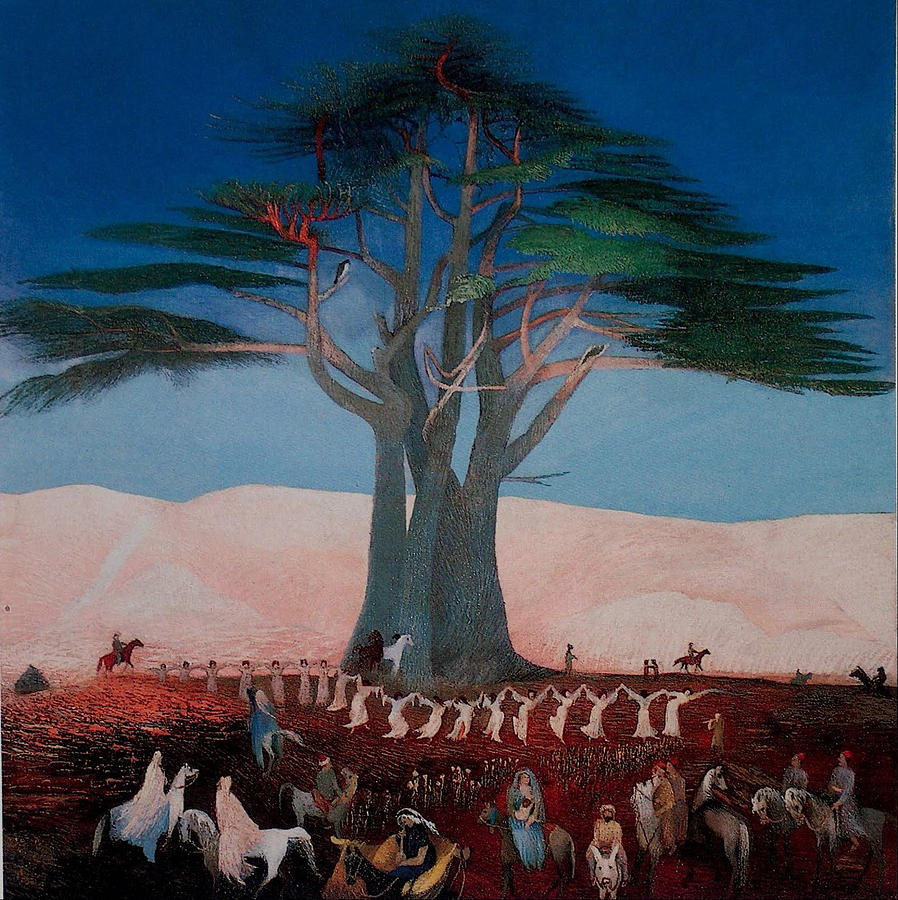
Pilgrimage to the Cedars of Lebanon Painting by Tivadar Kosztka Csontvary Fine Art America
1902's Az Öreg Halász (The Old Fisherman) by Hungarian artist Tivadar Csontváry Kosztka can be mirrored in one of two ways, to reveal either a kindly-looking man in prayer, or a much more sinister depiction of the devil, complete with horns and a red face. All three versions of the painting (Image credit: Wikipedia Commons/Future owns)
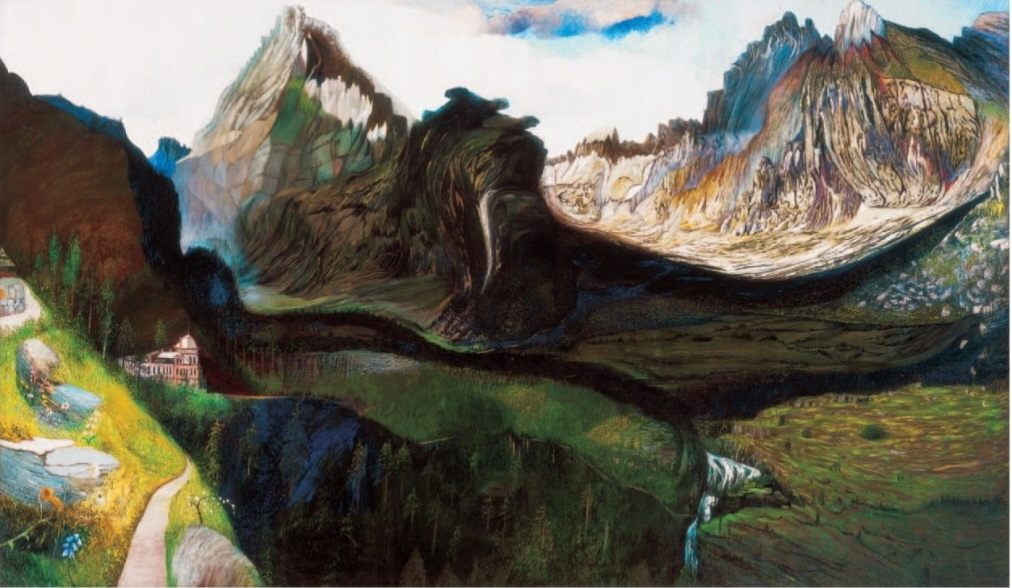
160 évvel ezelőtt született Csontváry Kosztka Tivadar
Due to his life pattern, conviction and his individual, missionary art, Tivadar Csontváry Kosztka became an emblematic figure of Hungarian painting. Previously a pharmacist, he was already in his forties, when he began his artistic studies in Munich in 1894. After that, he travelled a lot to find the "great topic" for his art. His.
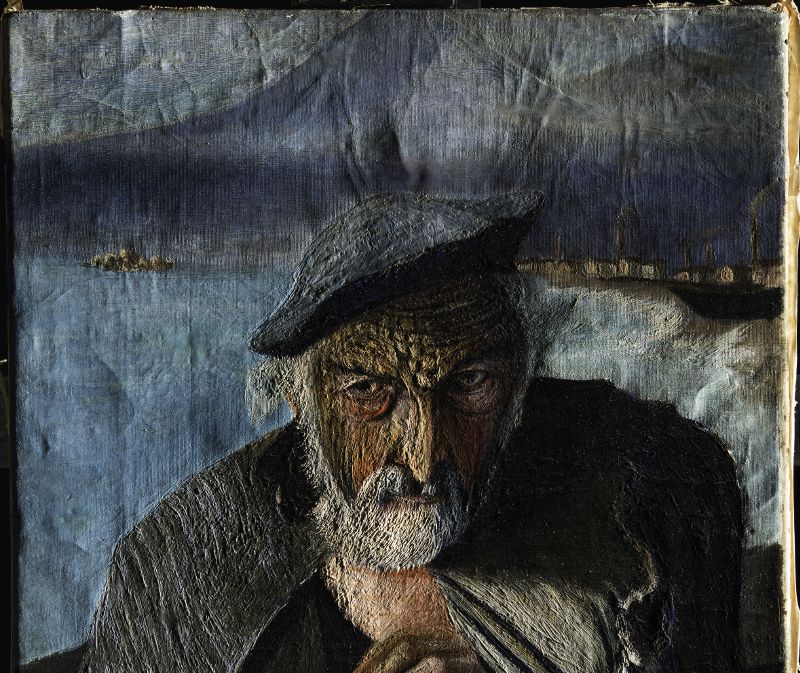
Csontváry Kosztka Tivadar Öreg halász című festményének restaurálása
Tivadar Csontváry Kosztka (Hungarian pronunciation: [ˈtivɒdɒr ˈt͡ʃontvaːri ˈkostkɒ]; July 5, 1853 - June 20, 1919) was a Hungarian painter who was part of the avant-garde movement of the early twentieth century. Working mostly in Budapest, he was one of the first Hungarian painters to become known in Europe.

Modern Art. Tivadar Kosztka Csontváry (18531919) Hungarian Painter Blog of an Art Admirer
24. Csontváry Kosztka Tivadar a magyar művészettörténet egyik legrejtélyesebb, egyben legismertebb alakja. Képei színes csodák, a századforduló lenyomatai, mély belső hanggal bíró alkotások. Végvári Zsófia, a Festményvizsgálati Labor vezetője vetítéssel kísért előadásában mesélt a száz éve elhunyt.
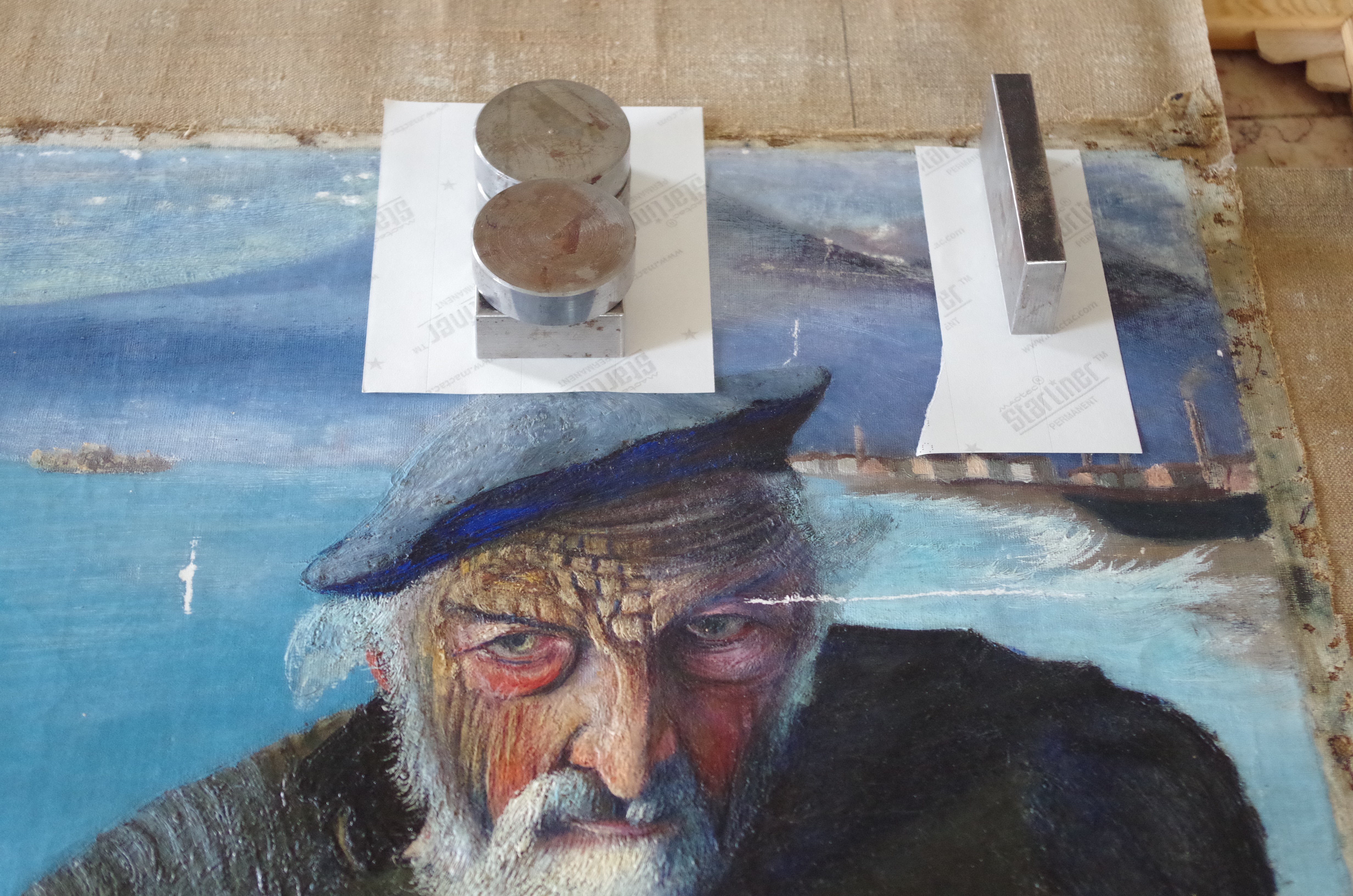
Csontváry Kosztka Tivadar Öreg halász című festményének restaurálása
Tudtad, hogy Csontváry Kosztka Tivadar Öreg halász című festménye két másik képet is rejt magában, feltárva ezzel az emberi lélek kettősségét, miszerint ördögi és angyali lelkületünk is lehet saját választásunk szerint?
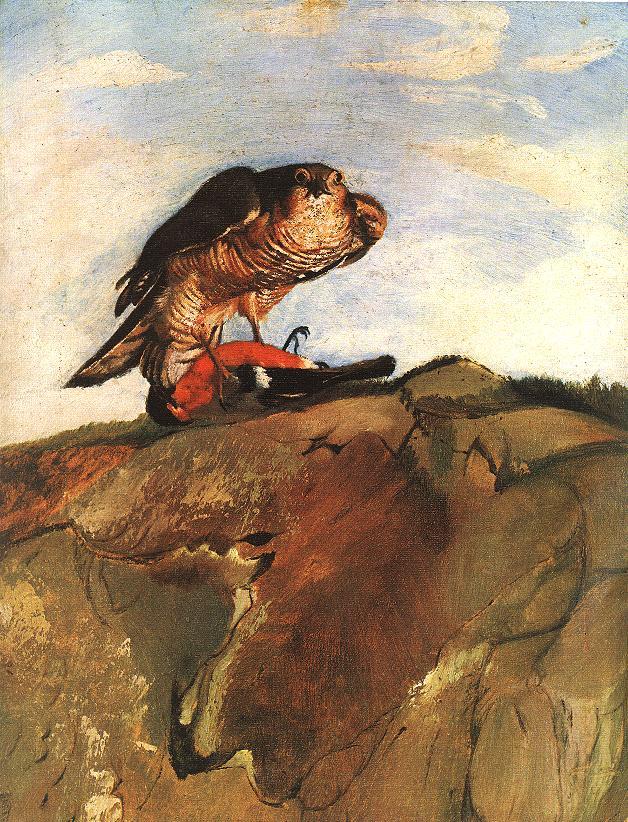
Bird of Prey Tivadar Kosztka Csontvary encyclopedia of visual arts
The painting is entitled: Az Öreg Halász (The Old Fisherman) and the painter is Tivadar Csontváry Kosztka, see Fig. 8.1 ). Fig. 8.1 The old fisherman (Az Öreg Halász) Full size image Csontváry was born in Kisszeben in July 1853 which is now situated in the north east of Slovakia and is the present day Sabinov.